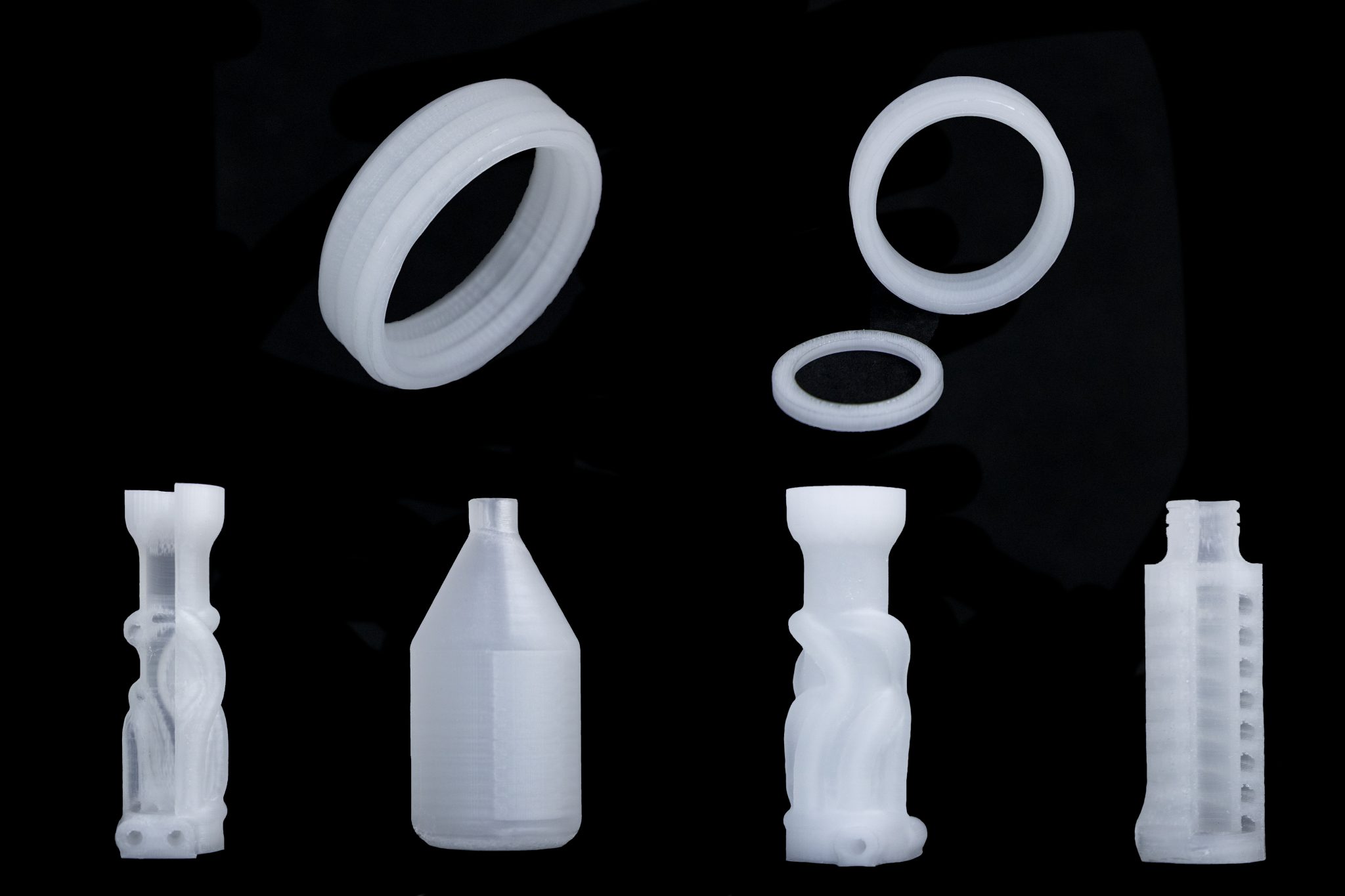Apium Additive Technologies, a German 3D printer and materials manufacturer, has released a new material for FFF/FDM 3D printers.
The latest release is suitable for Apium’s P Series printers and adds to the range of 3D printing materials Apium offers, including PEEK, carbon fiber, and POM-C.

Second most common plastic
Polypropylene (PP) is a low-temperature thermoplastic (130°C-171°C), made by polymerizing propylene, a colorless hydrocarbon gas. It is the second most widely produced commodity plastic in the world, after polyethylene.
A common use of PP is in injection molding, particularly for producing boxes, crates and collapsible cases. This makes it an ideal choice for just-in-time warehouse solutions.
PP is a semi-crystalline. The molecular structure of the plastic prevents its softening until a given quantity of heat is fully absorbed. This makes PP highly resistant to heat, despite having a low melting temperature.
Furthermore, due to the presence of the hydrocarbon ethylene, PP is highly flexible, with a tensile strength of 1.9 GPa. It can be used to produce a range of flexible products, including living hinges.
The plastic also offers resistance against electricity. Moreover, as PP is flexible and resistant to stress cracking, it can be effectively used to insulate electric components.
Chemically it is resistant to dilute acids, dilute alkalis, and alcohols. Therefore, it makes a good container of chemicals, such as cleaning agents.

End-use 3D printing
In an interview with 3D Printing Industry, Professor Brando Okolo, Director of Apium considered manufacturing of end-use 3D printed products to be an essential part of the development AM technology. Introduction of the Polypropylene adds to this effort.
Apart from materials and 3D printers, Apium has also provided other solutions. Last month, the company introduced the Apium Filament Dryer to protect the quality of the 3D printing filament.
Apium will be present at this year’s formnext (13th– 16th November). It will be located in Hall 3.1, booth C70.
For more news related to 3D printing subscribe to our 3D printing newsletter or join us on Facebook and Twitter.
Visit our 3D Printing Jobs to start an exciting career in 3D printing.
Featured image shows parts made with Apium’s new 3D printing material, polypropylene. Image via Apium


